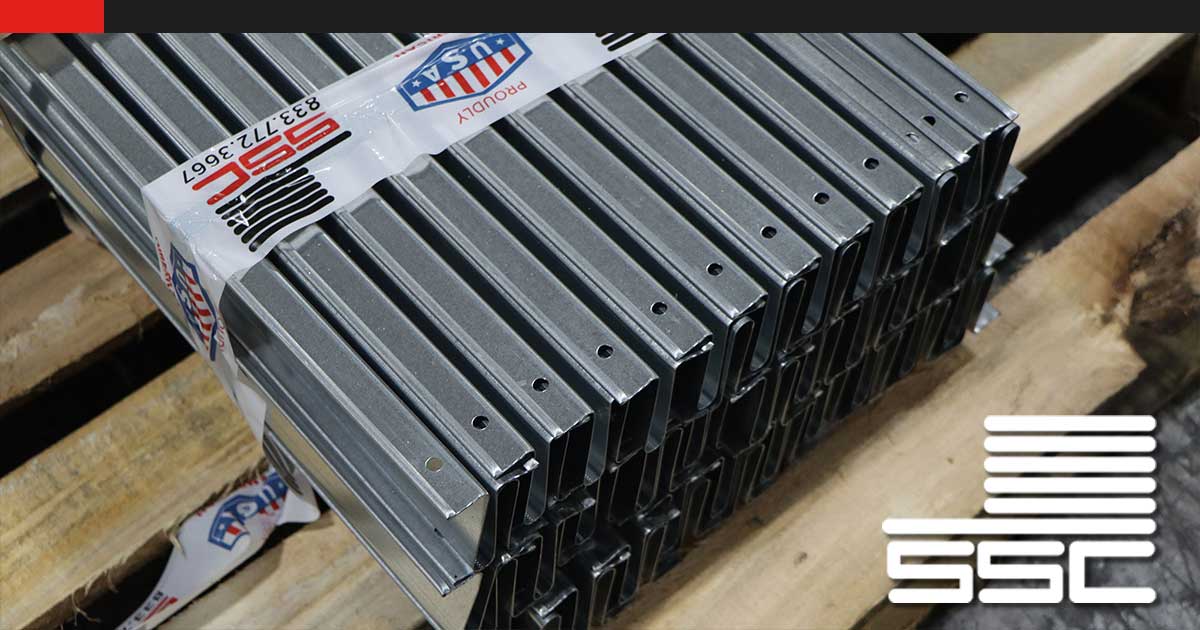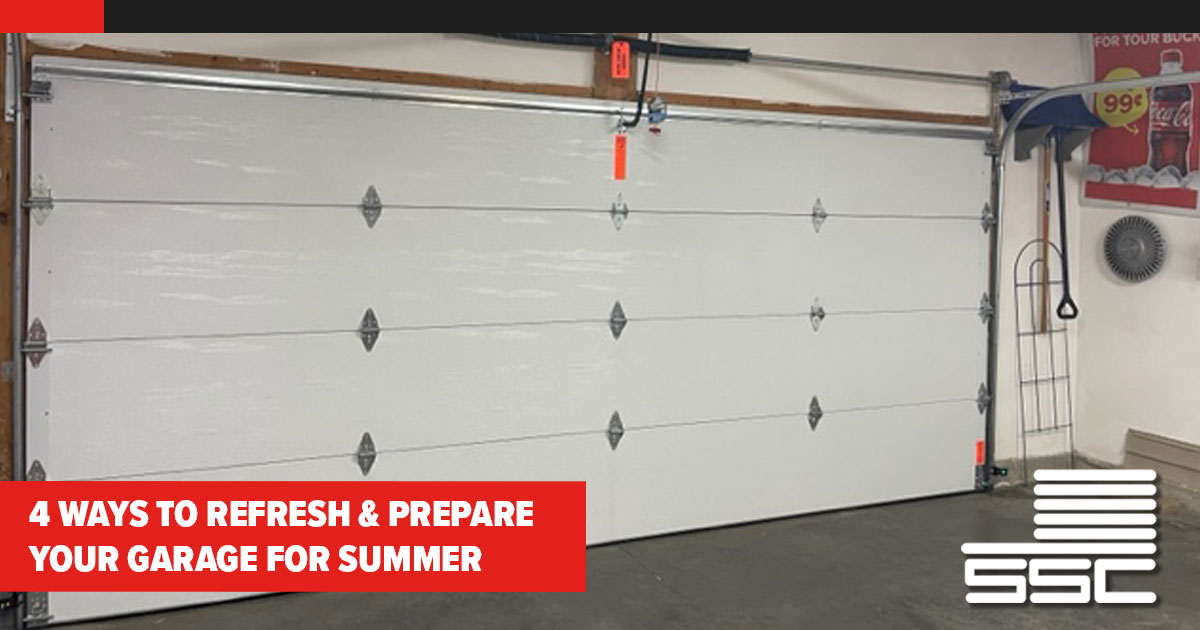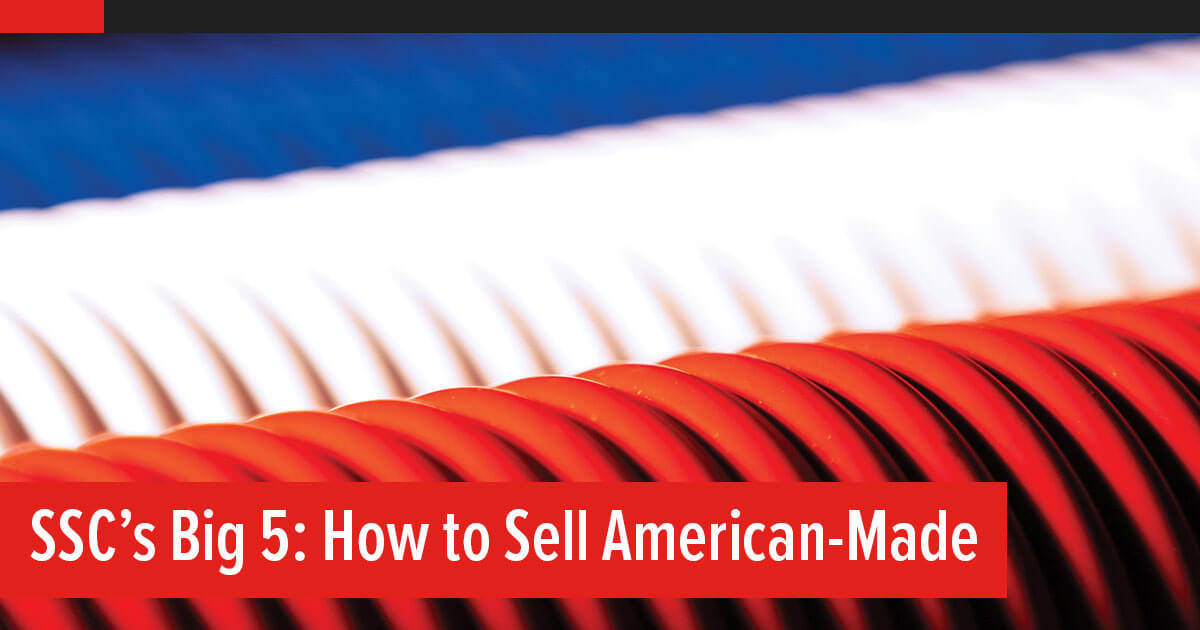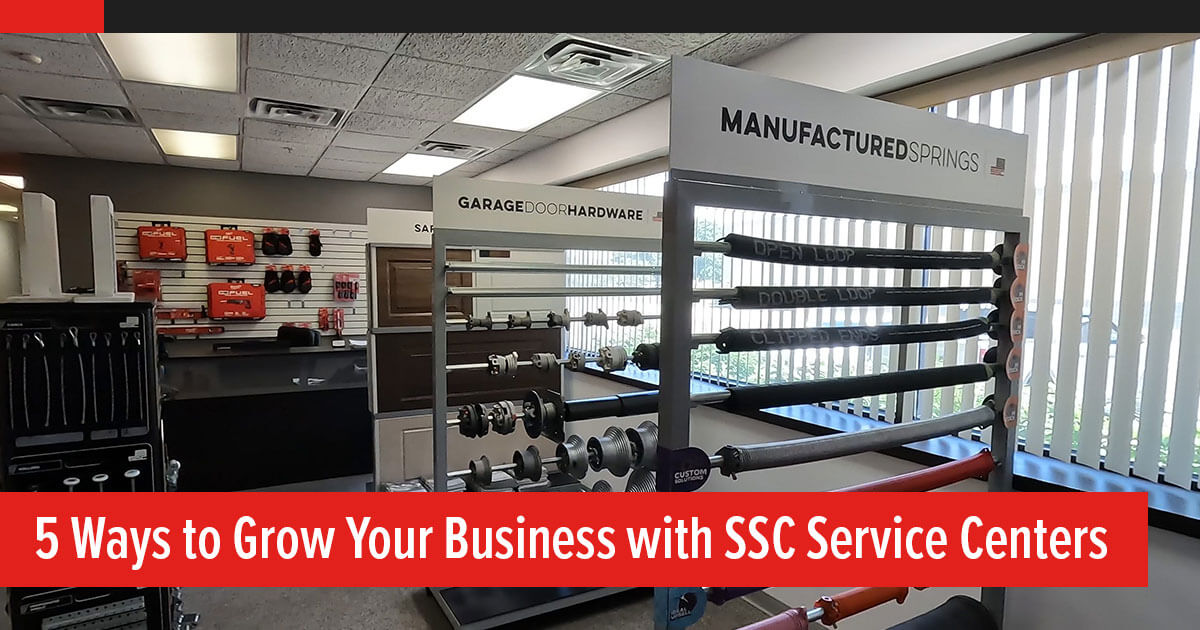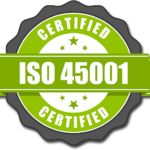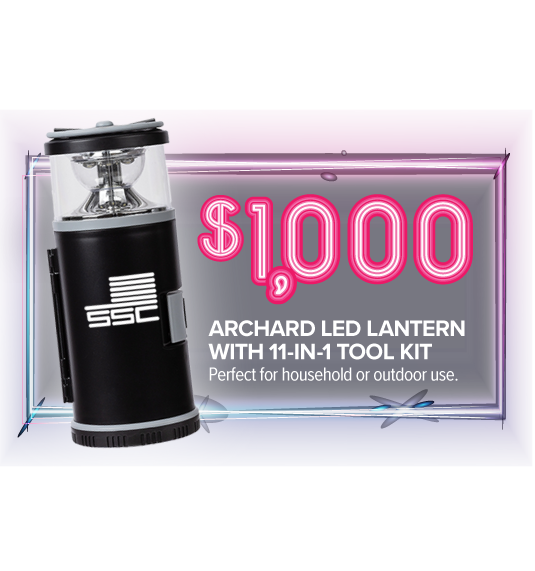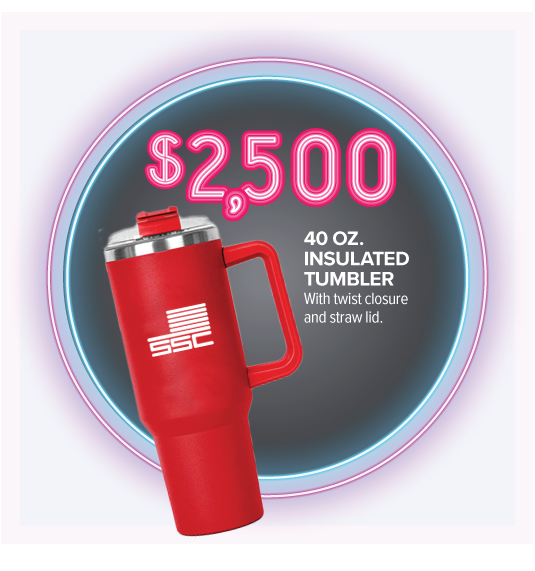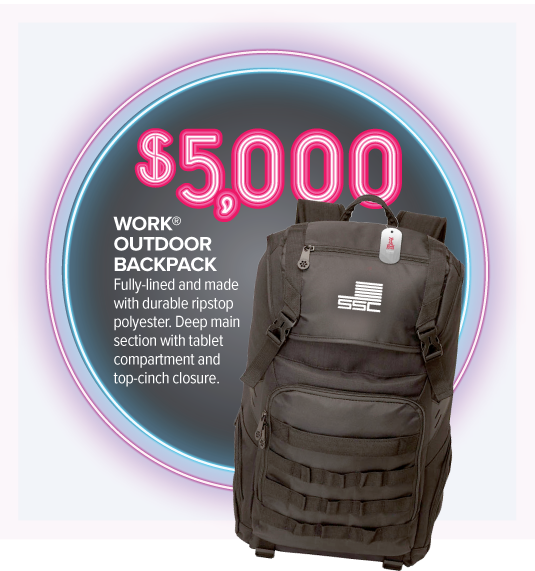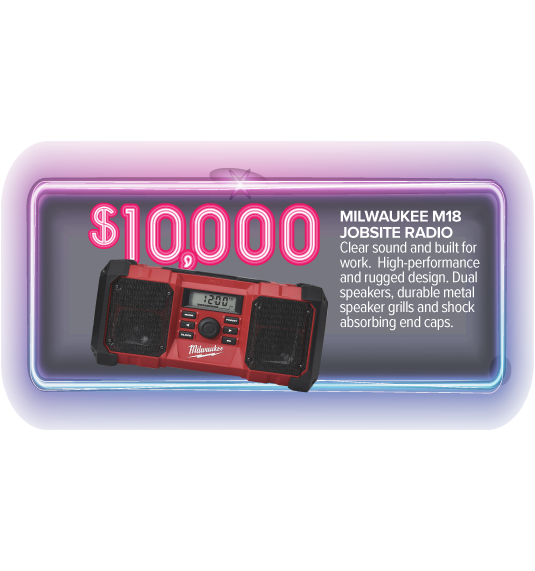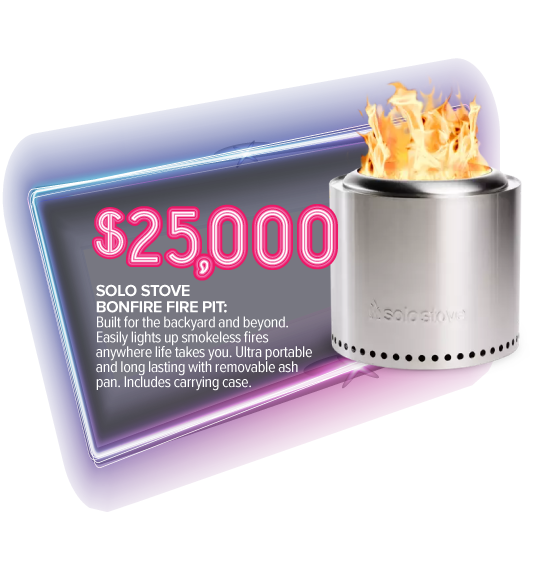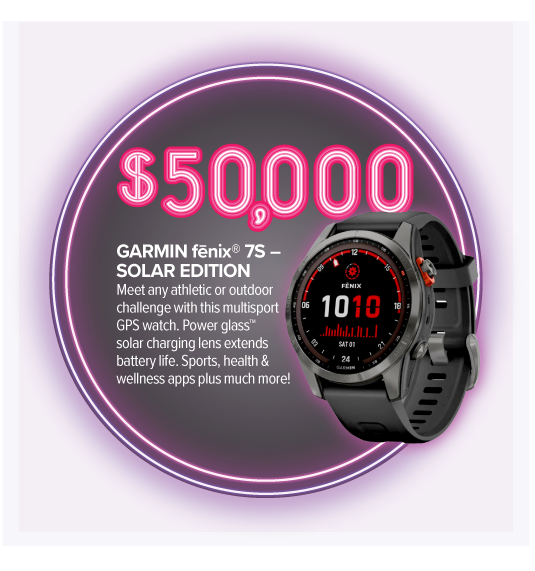Basic Spring Engineering
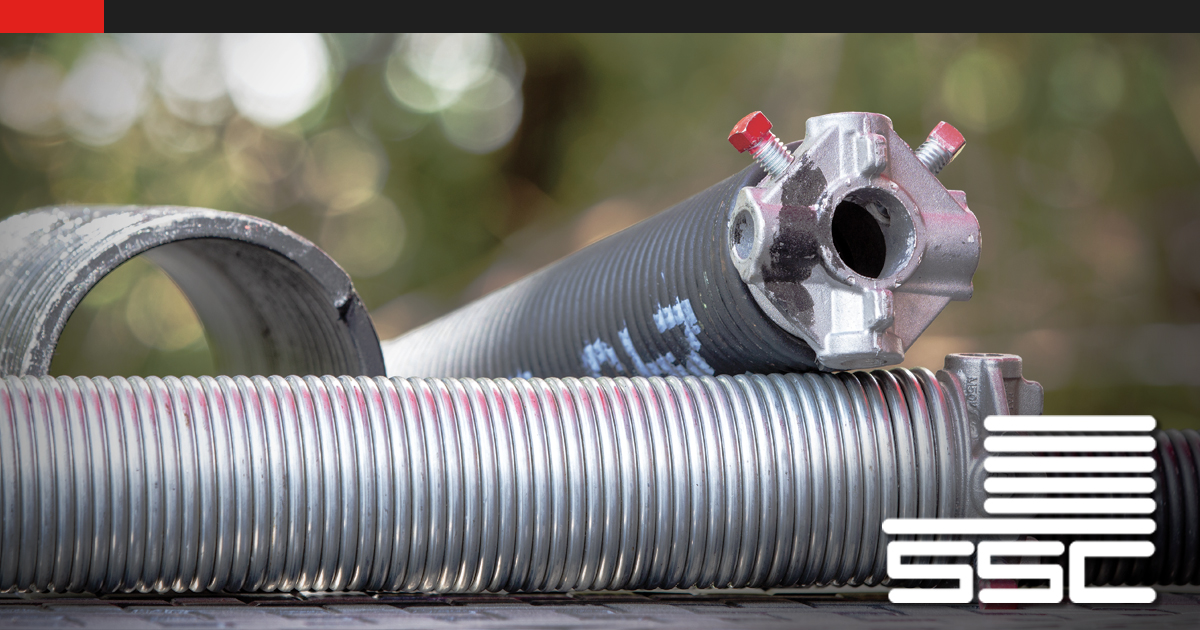
Mastering spring engineering in field service is pivotal for efficient operations and cost-saving strategies. This guide explores the significance of this knowledge, offering practical insights to streamline spring conversions, minimize additional expenses, and ensure accurate replacements on-site, ultimately saving time and money for both the service provider and the customer.
Benefits of Spring Engineering Knowledge
Understanding spring engineering enables:
- Optimal utilization of available inventory, reducing extra costs
- Engineering springs for extended-cycle life with increased usage
- Verification of correct springs for overhead doors
- Efficient on-site spring conversion and replacement, optimizing time and costs
Basic Spring Conversions On-Site
Replacing garage door springs requires accurate conversion from the original dimensions to the replacement’s specifications. Two crucial factors for conversion are Inch Pounds Per Turn (IPPT) and maximum turns, ensuring the new spring aligns closely with the original.
Example Scenario:
Calculating Spring Conversions Suppose a garage door spring (right-hand wound, 243 wire, 1 ¾ “ID, 32 inches long) needs replacement. On hand are 250 wire springs with a 1 ¾” ID. How do we match the dimensions?
Methods of Conversion:
- Rate Book: Cross-referencing conversion rates using a rate book indicates that the 36”-long 250 wire spring has IPPT of 41.3 and 8.7 maximum turns. Though not an exact match, the close IPPT rates make it a suitable replacement, meeting the maximum turns required.
- Industry Program (SSC Spring Engineering App): Utilizing a specialized app expedites the conversion process by automatically performing calculations. Entering known information and door specifications yields the exact spring needed, ensuring precise replacements and cycle life determination.
Leveraging SSC Spring Engineering
The app streamlines the spring selection process by inputting specific garage door details, such as assembly type, number of springs, lift type, and door dimensions. This produces the exact spring required based on provided specifications, ensuring accuracy.
Mastery of spring engineering, whether through manual methods or using the SSC Spring Engineering App, empowers field service technicians to make precise, efficient, and cost-effective spring replacements on-site.
Related:
Share:
Safety Disclaimer: In order to see all procedures completely, there may be safety measures that are not taken by our actors. Be sure to follow any and all proper safety requirements and refer to your manufacturer’s installation manual for details. Your health and safety is the #1 concern. Failure to understand/follow the recommendations in the course could result in property damage, personal injury or death. While all efforts are made to provide accurate information and guidance, it is impossible to predict all door circumstances. Accordingly, the user agrees that the user of this video; products and information contained herein are at your own risk. In no event shall Service Spring be liable for any property damage, personal injury/death, or any other loss or damage that may result from your use of the information and products provided on this video. All information contained within this site is provided “as-is” without warranty expressed or implied. User assumes all responsibility/risk for use of information and products purchased. If you have any doubts about your ability to perform the work safely, we recommend you contact another door professional to complete your repair.
